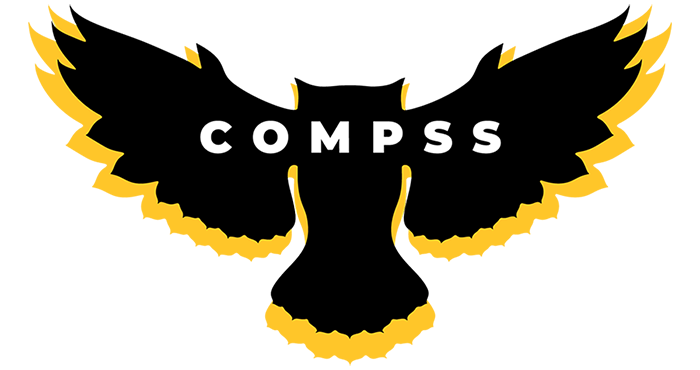Literature Review Assignment
Note to instructors: This literature review assignment may be used as part of an ongoing research project, or it may be used as a stand-alone project. You are encouraged to adopt, adapt, or remix these guidelines to suit your goals for your class.
Due dates
Rough Draft:
Peer Review:
Final Draft:
Purpose
This assignment will help you become aware of how writers and researchers consider previous work on a topic before they begin additional research.
- Skills: This assignment will help you practice skills essential to success in and beyond this
course:
- Locate a variety of scholarly print and digital sources that represent multiple perspectives on a topic.
- Analyze sources by critically reading, annotating, engaging, comparing, and drawing implications.
- Knowledge: This assignment will help you become familiar with the following important knowledge:
- Methods of gathering and determining the credibility of sources
- Strategies for identifying and discussing multiple perspectives in research
Task
A literature review provides context and establishes the need for new research. In your literature review, you will summarize and analyze published research on your topic by identifying strengths, weaknesses, commonalities, and disagreements among your sources.
For this assignment, you will conduct research on your topic and then compose a thoughtful, well-organized literature review that reflects your own analysis of at least five scholarly sources and their contributions to your topic. (Note that a literature review differs from an annotated bibliography, which simply lists sources and summaries one-by-one. A literature review also differs from a research paper because it does not include new arguments or unpublished primary research.)
Your literature review should have three parts: an introduction, a body, and a conclusion.
Introduction
In the introduction, identify your research topic and provide appropriate background information to clarify the context in which you will be reviewing the sources. You should also identify commonalities, conflicts, and/or gaps in published research. Finally, you should explain the criteria you’ve used to analyze, compare, and contrast sources.
Body
In the body, discuss your sources. Organize your discussion of sources based on a common characteristic such as authors’ purposes, findings, or conclusions; research methodologies; or chronology. Briefly summarize each source and describe the strengths and weaknesses of each source. Identify and analyze each source’s contribution to the topic and address differing viewpoints. Integrate source information effectively using lead-in phrases and citations.
Conclusion
In the conclusion, discuss the ways your sources have contributed to greater knowledge and understanding of the topic and address shortcomings in the existing research. Answer the following questions: What has your review of the sources revealed or demonstrated about the topic? What new questions that have been raised? What areas need further study?
Formatting requirements
Follow MLA format. Use black Calibri or Times New Roman font in size 12. Double-space the entire document. Use 1-inch margins on all sides.
Criteria for success
General criteria:
-
- The writing is clear and coherent/makes sense.
- The tone and language are appropriate for the audience.
- The writing adheres to grammar and punctuation rules.
- All sources are cited properly, both within the literature review and on the Works Cited page.
In the introduction, you should . . .
-
- Identify the general topic or issue you have researched.
- Provide appropriate background information to clarify the context in which you will be reviewing sources.
- Identify overall trends conflicts, and/or gaps in research and scholarship; and/or identify a single problem or new perspective.
- Explain the criteria you’ve used to analyze, compare, and contrast sources.
- When necessary, state why certain sources are, or are not, included.
In the body, you should . . .
-
- Include at least five scholarly sources.
- Organize discussion of sources logically according to a common characteristic (E.g.: authors’ purposes, findings, or conclusions; research methodologies; or chronology)
- Briefly summarize individual sources.
- Describe strengths of each source.
- Describe weaknesses of each source.
- Identify and analyze each source’s contribution to the topic.
- Address differing viewpoints.
- Integrate source information effectively using lead-in phrases and citations.
In the conclusion, you should . . .
-
- Discuss the ways your sources have contributed to greater knowledge and understanding of the topic.
- Address shortcomings in the existing research.
- Note new information or understanding the literature review has revealed about the topic.
- Note new questions that have been raised.
- Note areas where further study is needed.
The literature review should adhere to all formatting criteria:
-
- Follow MLA format throughout the literature review and on the Works Cited page.
- The entire document should be double-spaced.
- The font should be Calibri or Times New Roman in size 12.
- The margins should be one inch on all sides.

This material was developed by the COMPSS team and is licensed under a Creative Commons Attribution 4.0 International License. All materials created by the COMPSS team are free to use and can be adopted, adapted, and/or shared as long as the materials are attributed. Please keep this information on materials you adopt, adapt, and/or share.
















